We recently hosted a wellness webinar where participants explored how to “ditch and switch” for cleaner, safer household and personal products.
What is Clean Living?
Clean living is a lifestyle that focuses on intentional, healthy choices in your diet, lifestyle, and cleaning products. Nowadays, many products you see have countless chemicals and additives that we shouldn’t be ingesting or exposed to at all. Follow the behaviors below to make the switch and live a healthier life.
1. Clean your fruits and vegetables
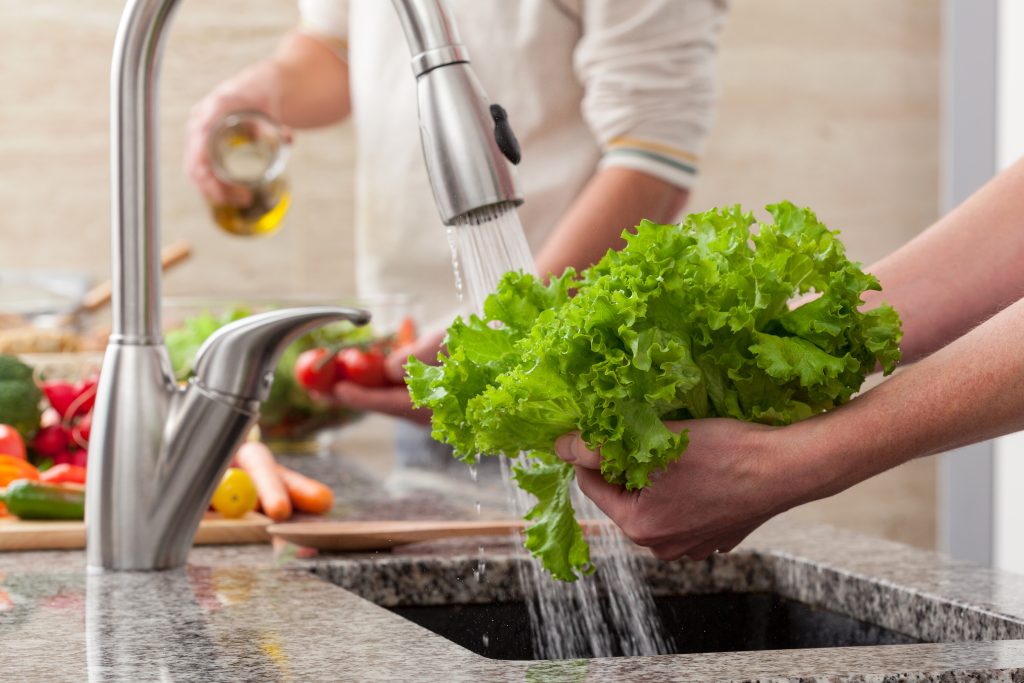
Most fruits and vegetables are sprayed with pesticides and preservatives before they reach the shelves of your grocery store.
Buy especially porous fruits and veggies (strawberries, potatoes, spinach, etc.) organic and make sure to wash everything thoroughly.
2. Know the toxins to avoid
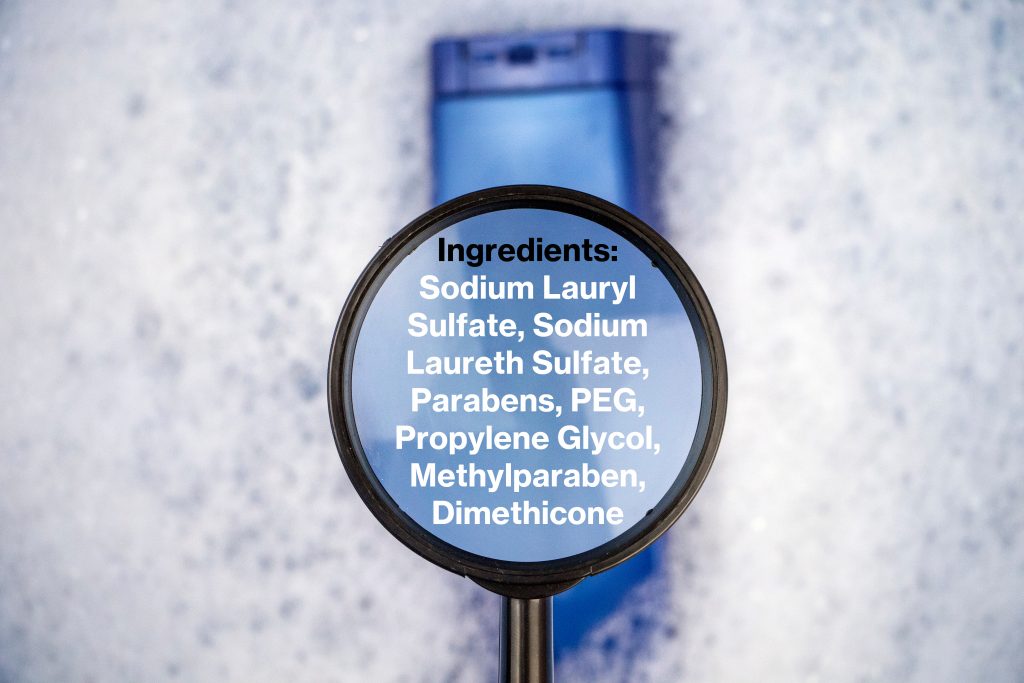
Search for a “never list” that shows everything you want to avoid for a non-toxic lifestyle.
Try to avoid ingredients like, aluminum, chorines, parabens, pesticides, synthetic preservatives, propylene glycol, etc.
3. Swap to natural deodorant
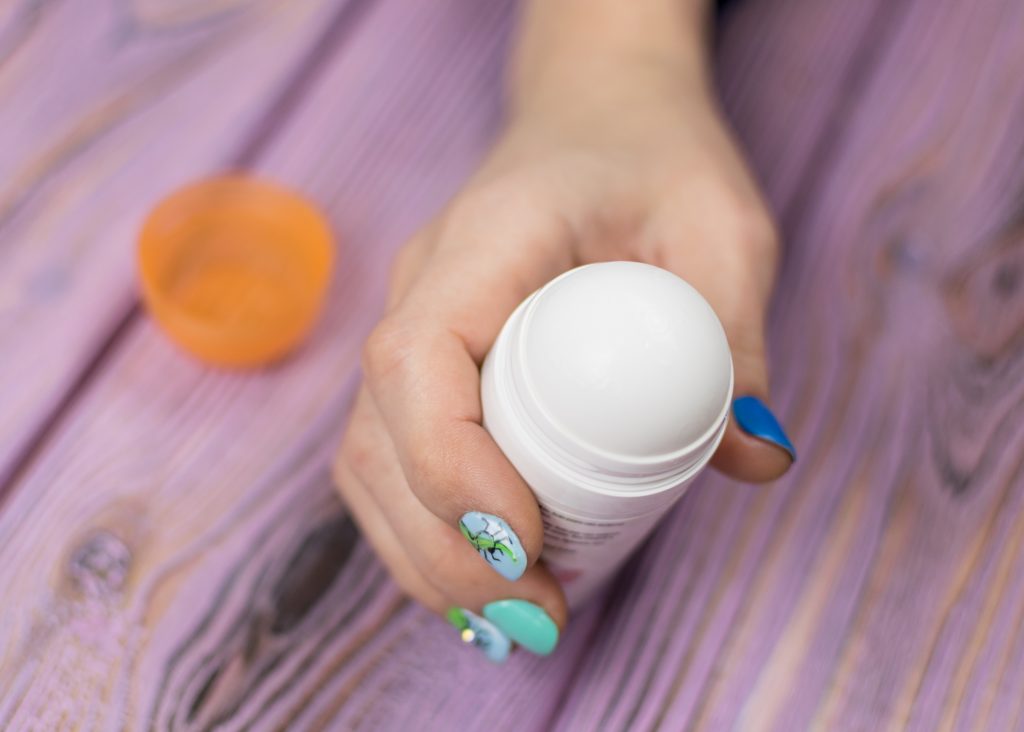
Most deodorants have baking soda or aluminum in them which are toxic and can irritate the skin.
Search for the clean ingredient deodorants and remember we need to sweat as a natural detox!
4. Use glass containers and straws
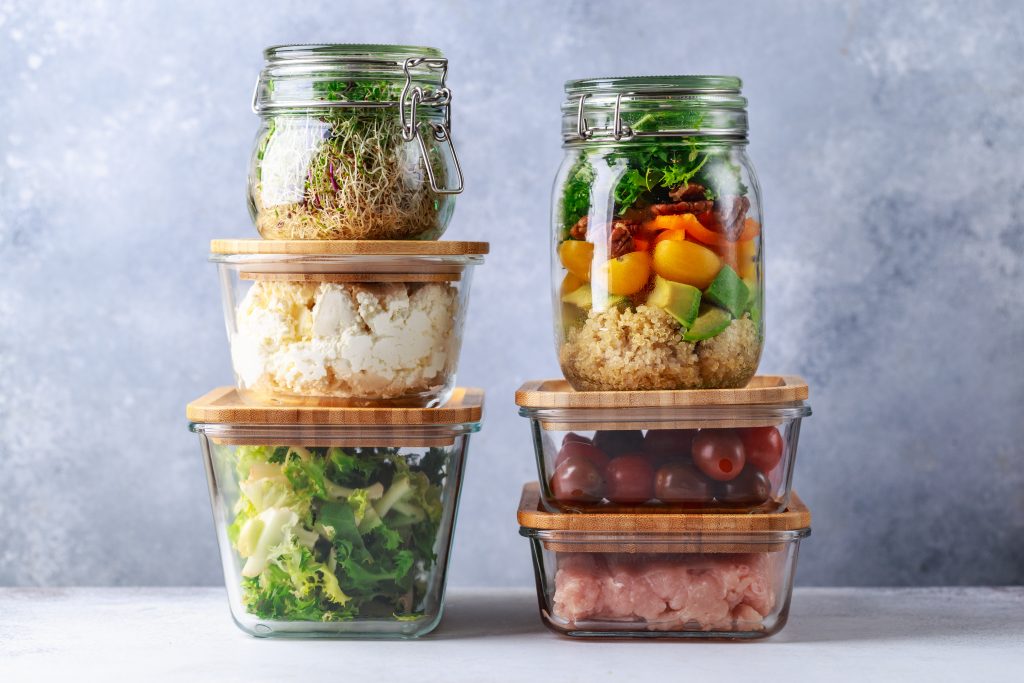
Using plastic containers or straws is not only bad for the environment but the plastic may contaminate your food.
Opt for glass containers and straws instead for a reusable and healthier way to store and consume food.
5. Think “what’s good for the Earth is good for me”
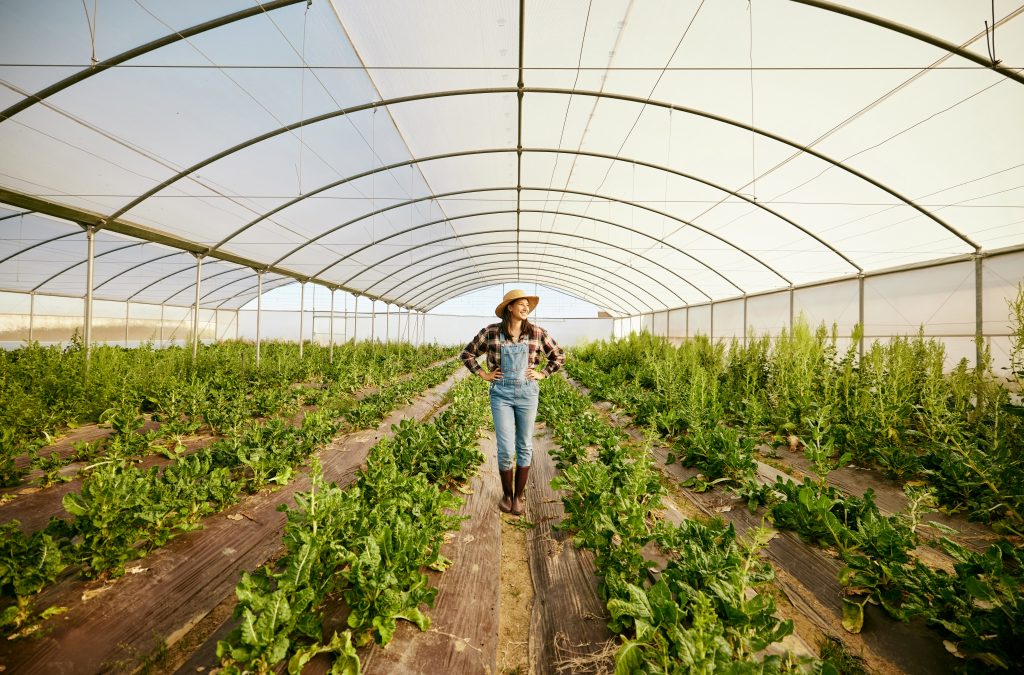
When buying products and food, think about the environmental impact. If the impact is low, it’s probably healthier for you too.
Buy local when possible, forgo the plastic bags and straws, cut back on eating animal proteins, and limit aerosol sprays.
6. Read the ingredients list on all products
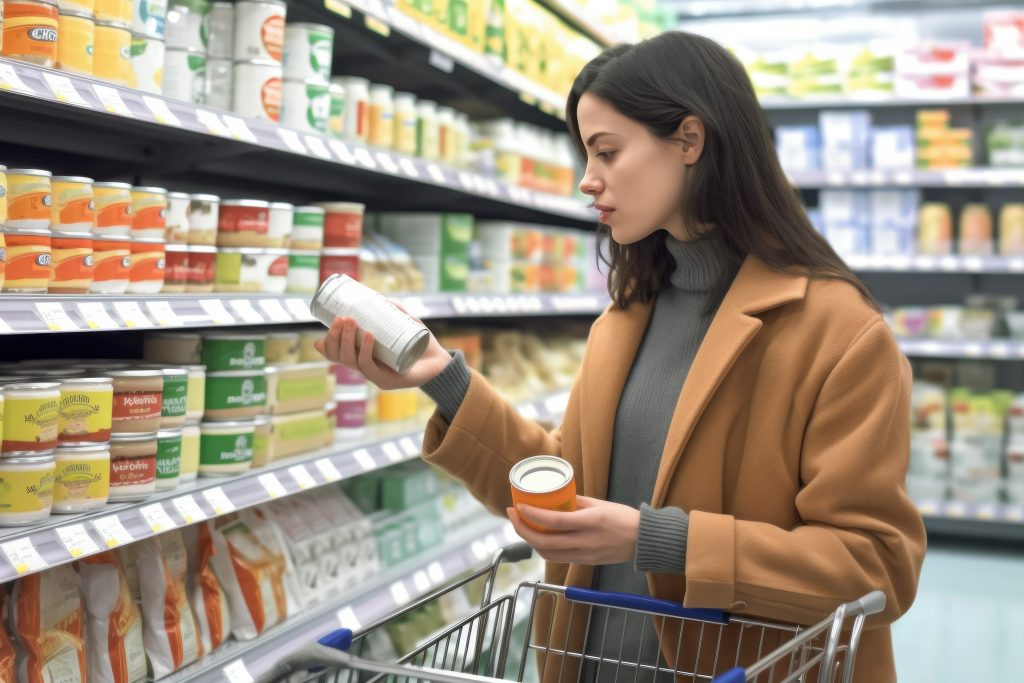
Take the time before you buy any product to read the ingredient list. Labels that look “clean” and “green” may still have added chemicals or toxins we should be avoiding.
Aim for as little ingredients as possible and make sure you know at least 80% of the ingredients.
7. Filter your water and air
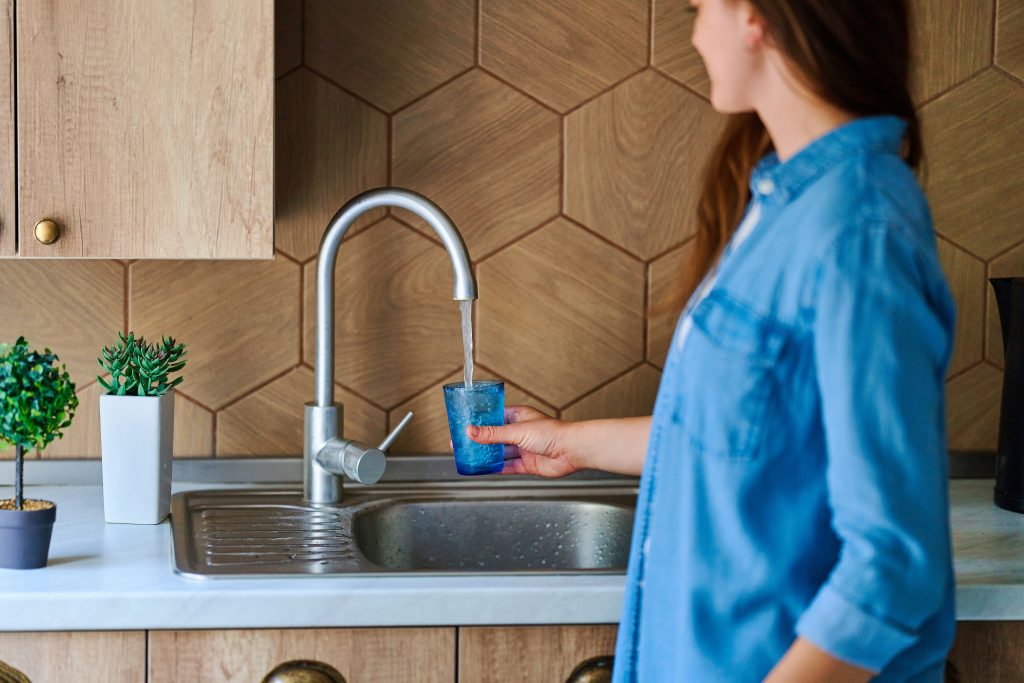
Water and air can contain pollutants and toxins too, and we need water and air to survive of course.
Use water and air filters and purifiers to ensure you’re breathing the freshest air and drinking the cleanest water.
Taking the time to make the switch to cleaner products can be time consuming and just one more thing on your to-do list. It may be worth it for your health, and these tips are a great place to start. If you are interested in seeing the full wellness class, you can watch here. This class was taught by Certified Health and Life Coach Dr. Abby Horton.